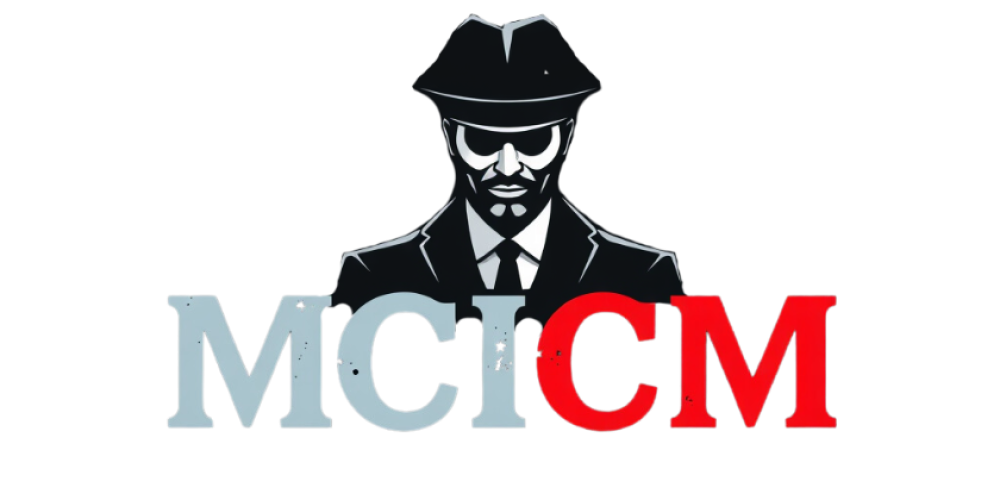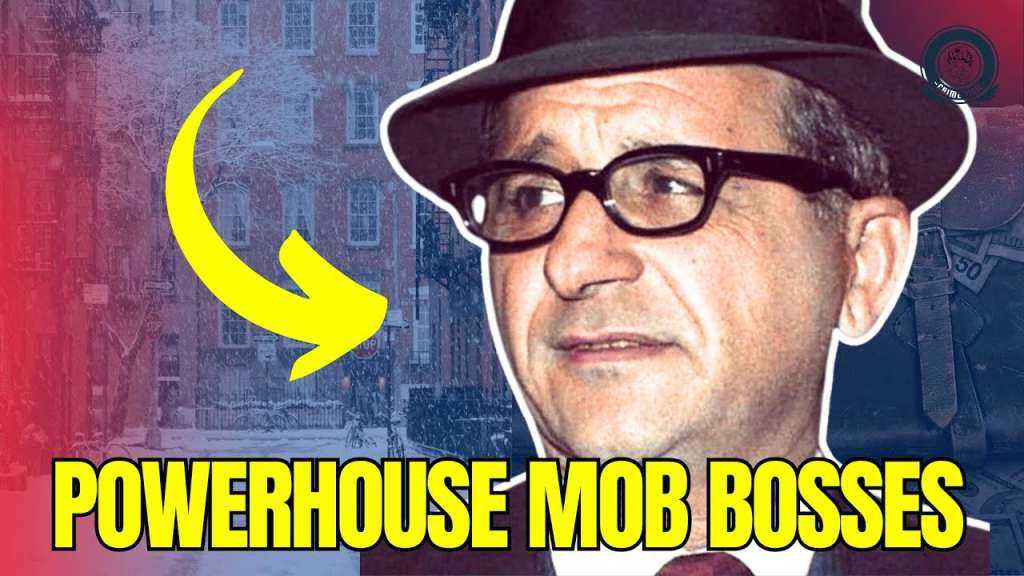Beneath the surface of American history lies a world of shadowy alliances and secret organizations that shaped the nation’s underground networks. While infamous crime families like the Gambinos and fictionalized depictions in pop culture dominate the public imagination, many lesser-known yet equally powerful figures operated in the margins, influencing industries, corrupting institutions, and amassing fortunes while evading public scrutiny. These strategic masterminds, from Carlo Gambino’s quiet leadership to Meyer Lansky’s financial brilliance, not only built vast enterprises but also redefined organized crime in ways that continue to leave an imprint today. Their stories are filled with ambition, betrayal, and an uncanny ability to outmaneuver the law, offering a fascinating glimpse into the unseen corridors of power where crime and business intertwined seamlessly.
One of the most enduring figures in organized crime was Carlo Gambino, whose calculated leadership transformed his family into one of the most dominant syndicates in America. Unlike his contemporaries who craved the spotlight, Gambino built his empire from the shadows, orchestrating major power plays with surgical precision. His influence extended beyond traditional operations like gambling and labor unions—he was a master of diplomacy, maintaining stability even as law enforcement increased pressure on criminal organizations. Similarly, Meyer Lansky revolutionized the financial side of organized crime, pioneering money-laundering techniques and establishing casinos in Las Vegas, Havana, and the Bahamas. His ability to legitimize illicit earnings made him one of the most influential figures in mob history, a mastermind who wielded power without direct confrontation.
Not all figures in organized crime maintained a quiet presence. Benjamin “Bugsy” Siegel was a visionary whose ambition to transform Las Vegas into a gambling hub ultimately led to his downfall. His extravagant spending on the Flamingo Hotel frustrated his financial backers, bringing an abrupt and violent end to his influence. In contrast, Tony Accardo’s methodical leadership of the Chicago Outfit ensured its survival through decades of upheaval. Known for his adaptability, Accardo expanded the Outfit’s reach beyond traditional crime into legitimate business ventures, making him one of the most enduring figures in mob history. Sam Giancana, another influential Chicago figure, took things a step further by bridging the gap between organized crime and politics, allegedly working with the CIA on covert operations while maintaining ties with high-profile politicians and Hollywood elites.
While some crime bosses thrived on strategic expansion, others faced downfall due to internal power struggles. Angelo Bruno, the “Gentle Don” of Philadelphia, ruled with diplomacy rather than aggression, but his reluctance to embrace the drug trade led to his demise in 1980, triggering a power struggle within his family. Meanwhile, Frank Nitti, Al Capone’s right-hand man, steered the Chicago Outfit into new territory, including Hollywood labor unions. However, faced with legal troubles, Nitti made a fateful decision to avoid imprisonment. Joe Colombo, an unlikely figure in the Mafia, blurred the lines between crime and activism by founding the Italian-American Civil Rights League. His high-profile campaign against law enforcement scrutiny eventually backfired, leading to an attempt on his life at a public rally that left him incapacitated and ended his leadership.
These stories paint a broader picture of organized crime as more than just underground dealings—it was a sophisticated web of power, influence, and survival. Figures like Joseph Bonanno, Tommy Lucchese, and others mastered the art of blending crime with legitimate business, ensuring their enterprises endured government crackdowns and internal betrayals. Their legacies are a testament to the adaptability of the underworld, proving that even in a world governed by secrecy and treachery, intelligence and strategy could keep one step ahead of the law. As we unravel the hidden histories of these criminal architects, we uncover not just the mechanics of organized crime but the deeper human instincts of ambition, loyalty, and the relentless pursuit of power.
source

